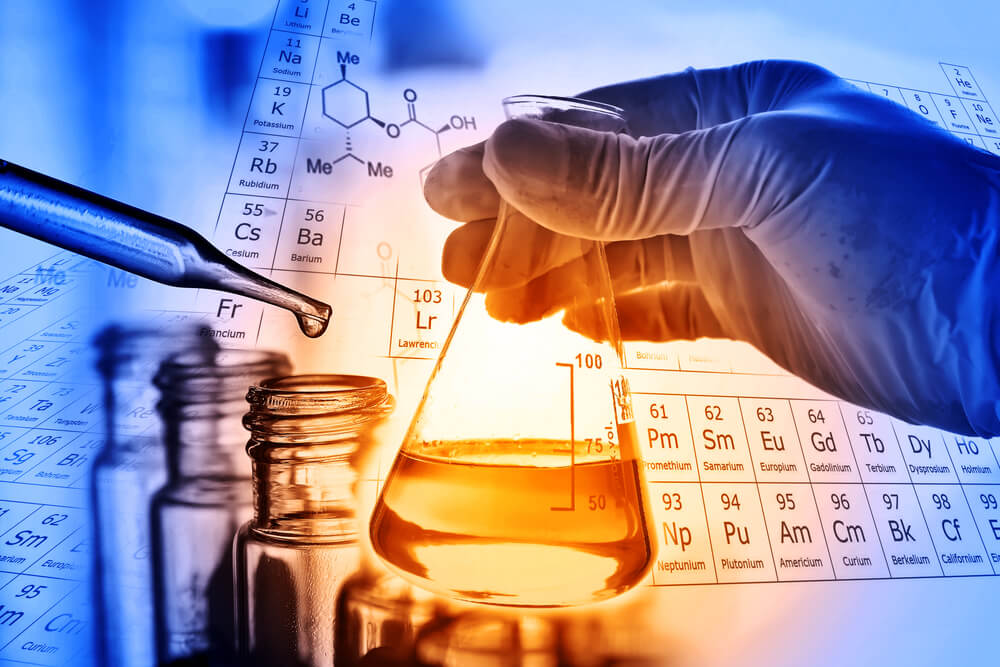Starting: The causes of chemical burn injuries are many and often occur without warning. They may be due to improper chemical handling protocols for highly flammable or combustible chemicals. It can be in a hospital, industrial, or even home-use chemicals that cause burns. It is always good to read up on the best chemical handling protocol that ensures safety at all times. Since each chemical has its reactive own reactive potency, proper storage and handling are the best way to stay free from extreme harm and injury. The common sources of chemical burns are from chemicals that are used in homes and Industrial set-ups. These include:

(a). Sulphuric acid
(b). Bleach
(c). Phenol
(d). Sodium hydrochloride
(e). Sodium hydrochloride
(f). Metal cleaners
(g). Pool chlorine
h). Gasoline
Top Ways to Handle Chemical Injury First Aid
Since all chemicals have different ways to react with skin or live tissues, these are some of the best ways to reduce injury.
(a). Mild burns can be run underwater for prolonged spells to curtail chemical reactivity.
(b). Taking off clothing or jewelry that are contaminated or came into contact with the chemical.
(c). Ensure detailed and systematic chemical first aid to prevent the chemical’s prolonged stay on live skin tissues.
(d). For superficial burns over-the-counter pain relievers, antibiotics, and anti-itch medications can bring relief and a better feeling to the affected area.
(e). For severe burns, a physician consultation and further hospitalization are necessary. This may require various procedures including surgery wherever the physician deems fit for recovery.
(f). There may be a necessity for skin grafting and the use of intravenous fluids to restore bodily functions back to normal.
Best Ways to Help Prevent or Reduce the Occurrence of Chemical Burns
It is possible to fight and reduce the occurrence of chemical burns. These are the best steps you can take to make these efforts a success.
(a). Ensure reading safety instructions and following them whenever handling dangerous chemicals.
(b). Handle all the chemicals with all standard safety clothing like gloves, eye protection, full-body covering, and boots while in close proximity to the chemicals.
(c). Follow all chemical warnings on their package and ensure to educate all who handle them.
(d). Wash and rinse hands thoroughly post using the chemicals to prevent unintended ingestion from chemical residues on the contact point.
(e). Have all major vessels holding dangerous chemicals labeled and ranked in terms of danger.
(f). Have all chemicals stored in safe places away from the reach of children and uninformed adults.
Conclusion: There are several approaches to successful and lasting chemical burns treatment. Chemical burns can cause fast tissue damage if not addressed immediately. The burns can range from mild to severe chemical burns depending on the extent of exposure. In most cases, major chemical burns have to be dealt with by emergency medical help. Whereas minor chemical burns can actually be treated with instant first aid. In both cases, chemical burns have to be resolved at the earliest to avoid further complications and injury.
For More Info :-
Source URL :- https://sites.google.com/view/diphex0/home
Visit Our Social Link :-
https://twitter.com/DipHex_Ltd
https://www.linkedin.com/company/diphex-limited/

No comments:
Post a Comment